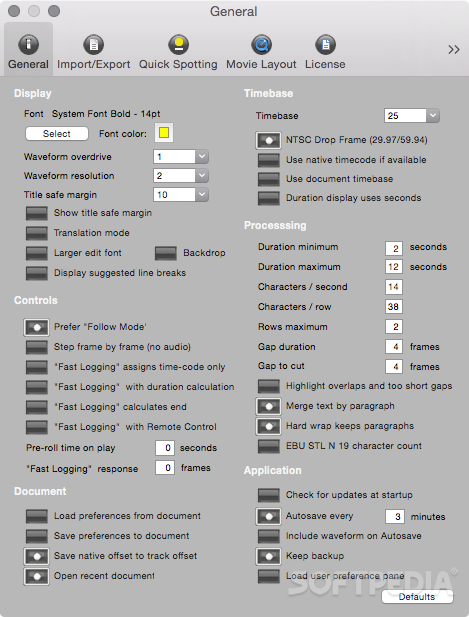


See create a custom agreement metric.Įvaluates whether annotations exactly match, considering label weights.Įvaluates whether specific choices applied to specific text spans match.Įvaluates whether specific choices applied to specific hypertext spans match.īounding Boxes, Categorical, ClassificationĮvaluates whether specific choices applied to specific bounding box regions match.Įvaluates the precision of specific choices applied to specific bounding box regions.Įvaluates the recall of specific choices applied to specific bounding box regions.Įvaluates the F1, or F-score, of specific choices applied to specific bounding box regions.Įvaluates whether specific choices applied to specific polygon regions match.Įvaluates the precision of specific choices applied to specific polygon regions.Įvaluates the recall of specific choices applied to specific polygon regions.Įvaluates the F1, or F-score, of specific choices applied to specific polygon regions. Performs the evaluation function that you define. Performs the default evaluation function for each control tag.Įvaluates whether annotation results exactly match, ignoring any label weights. If you want to use a different agreement metric, you can create a custom agreement metric. The following table lists the agreement metrics available in Label Studio Enterprise. The agreement score assesses the similarity of annotations for a specific task.
ANNOTATION EDIT DISTANCE HOW TO
See how to Define the agreement metric for annotation statistics. Agreement scoreĭepending on the type of labeling that you perform, you can select a different type of agreement metric to use to calculate the agreement score used in task agreement statistics.

In this case, task agreement exists for 2 of the 3 annotations, so the overall task agreement score is 67%. The task agreement conditions use a threshold of 40% to group annotations based on the agreement score, so the first and second annotations are matched with each other, and the third annotation is considered mismatched. The agreement score comparing the second annotation with the third annotation is 0%, because the same text span was labeled differently. The agreement score for the first two annotations is 50%, based on the intersection of the text spans.
ANNOTATION EDIT DISTANCE FULL
Review the diagram for a full explanation: Label Studio uses the mean average of all inter-annotation agreement scores for each annotation pair as the final task agreement score. The agreement method defines how agreement scores across all annotations for a task are combined to form a single inter-annotator agreement score. You can also see how the annotations from a specific annotator compare to the prediction scores for a task, or how they compare to the ground truth labels for a task.įor more about viewing agreement in Label Studio Enterprise, see Verify model and annotator performance. This displays how well the annotations from specific annotators agree with each other in general, or for specific tasks. an inter-annotator agreement matrix, visible on the Members page for a project.This displays how well the annotations on a particular task match across annotators. a per-task agreement score, visible on the Data Manager page for a project.There are several types of task agreement in Label Studio Enterprise: Task agreement shows the consensus between multiple annotators when labeling the same task. If you’re using Label Studio Community Edition, see Label Studio Features to learn more.Īnnotation statistics help you determine the quality of your dataset, its readiness to be used to train models, and assess the performance of your annotators and reviewers. The open source Community Edition of Label Studio does not perform these statistical calculations. Label Studio Enterprise Edition includes various annotation and labeling statistics. Annotation agreement and how it is calculated


 0 kommentar(er)
0 kommentar(er)
